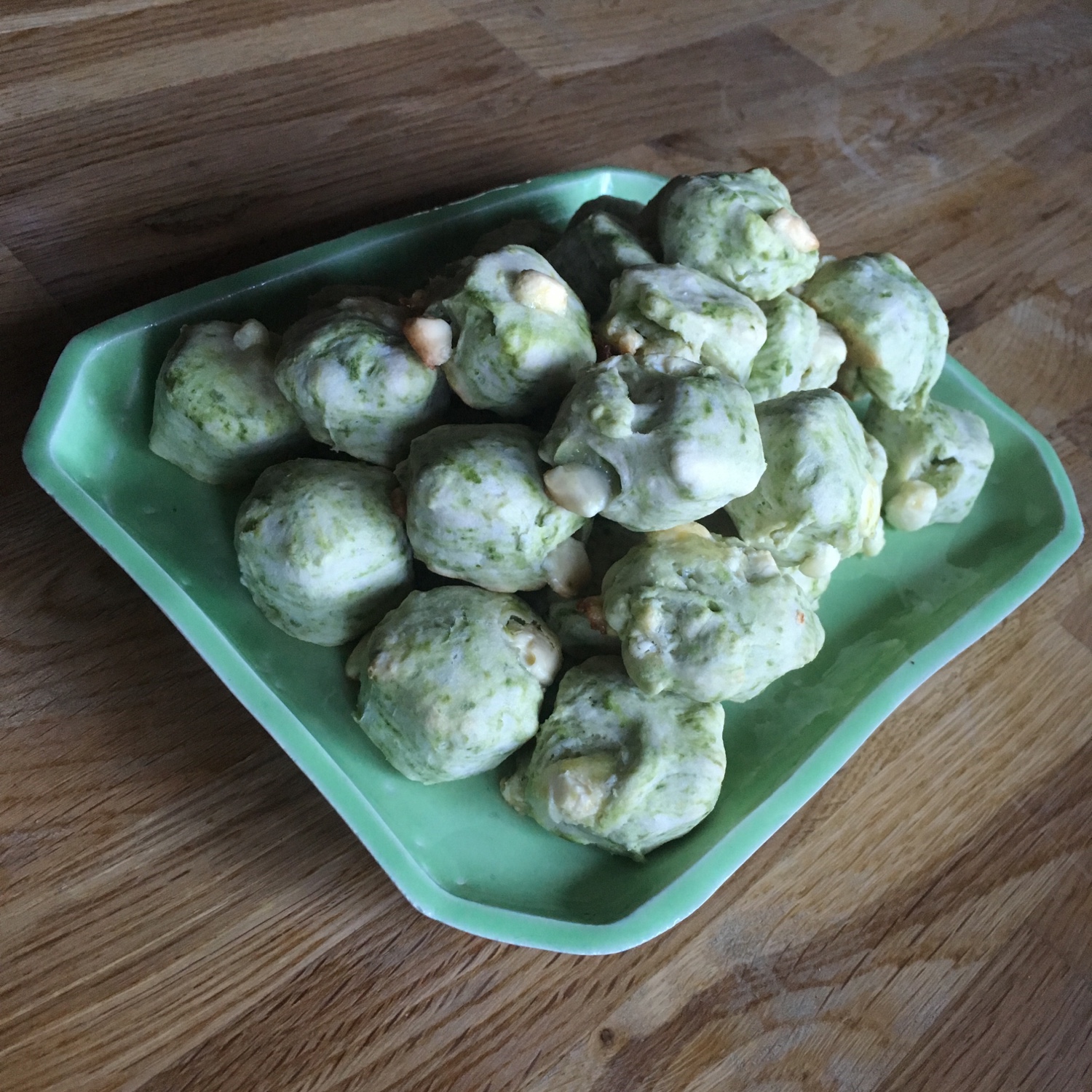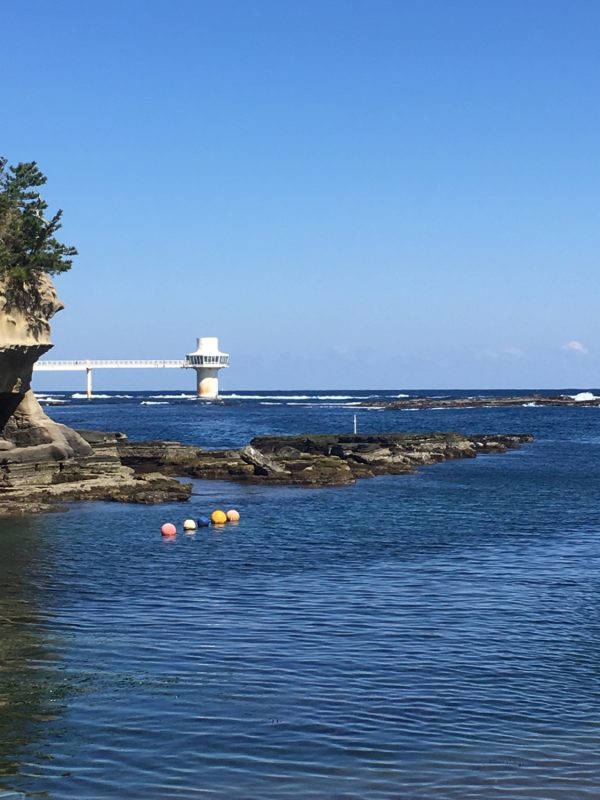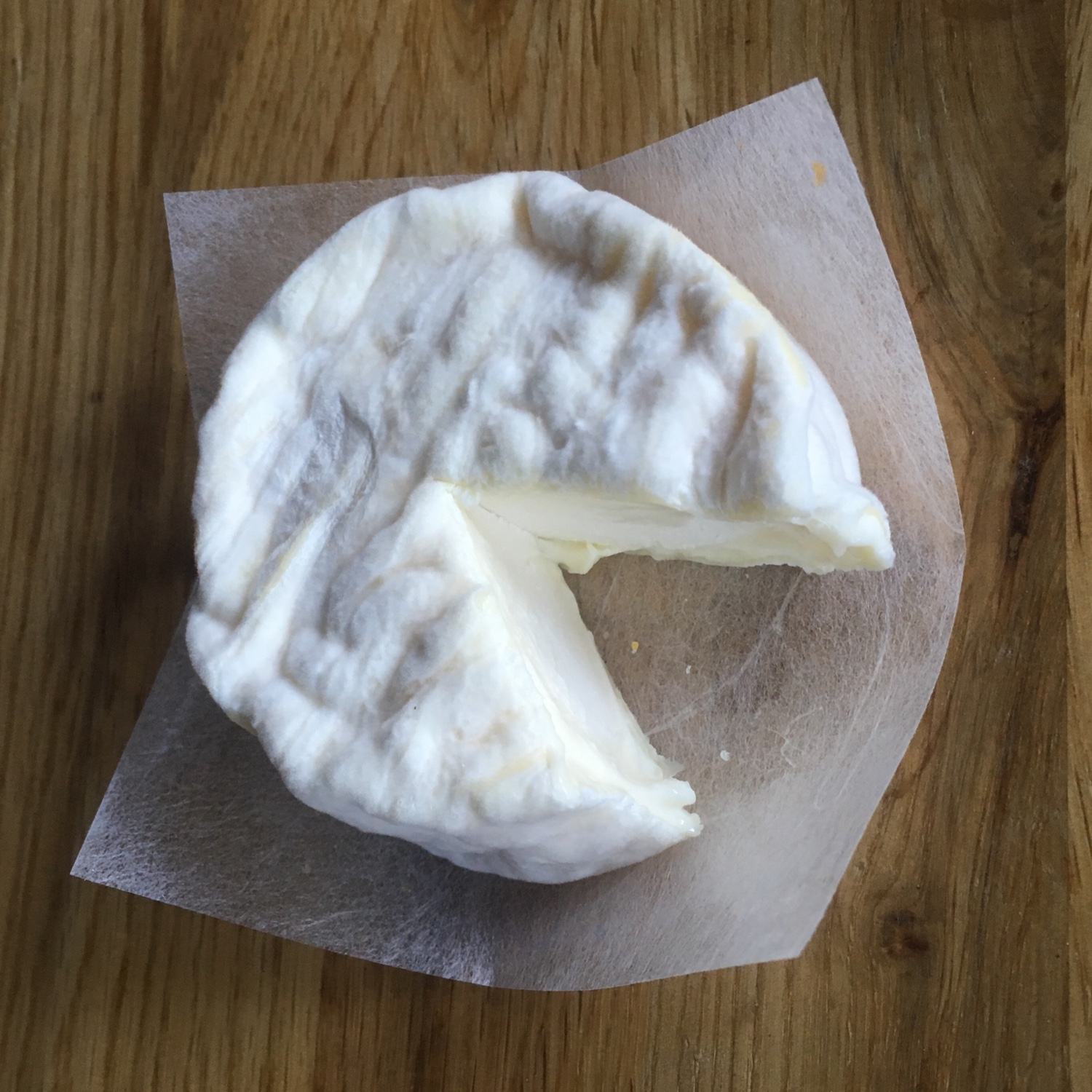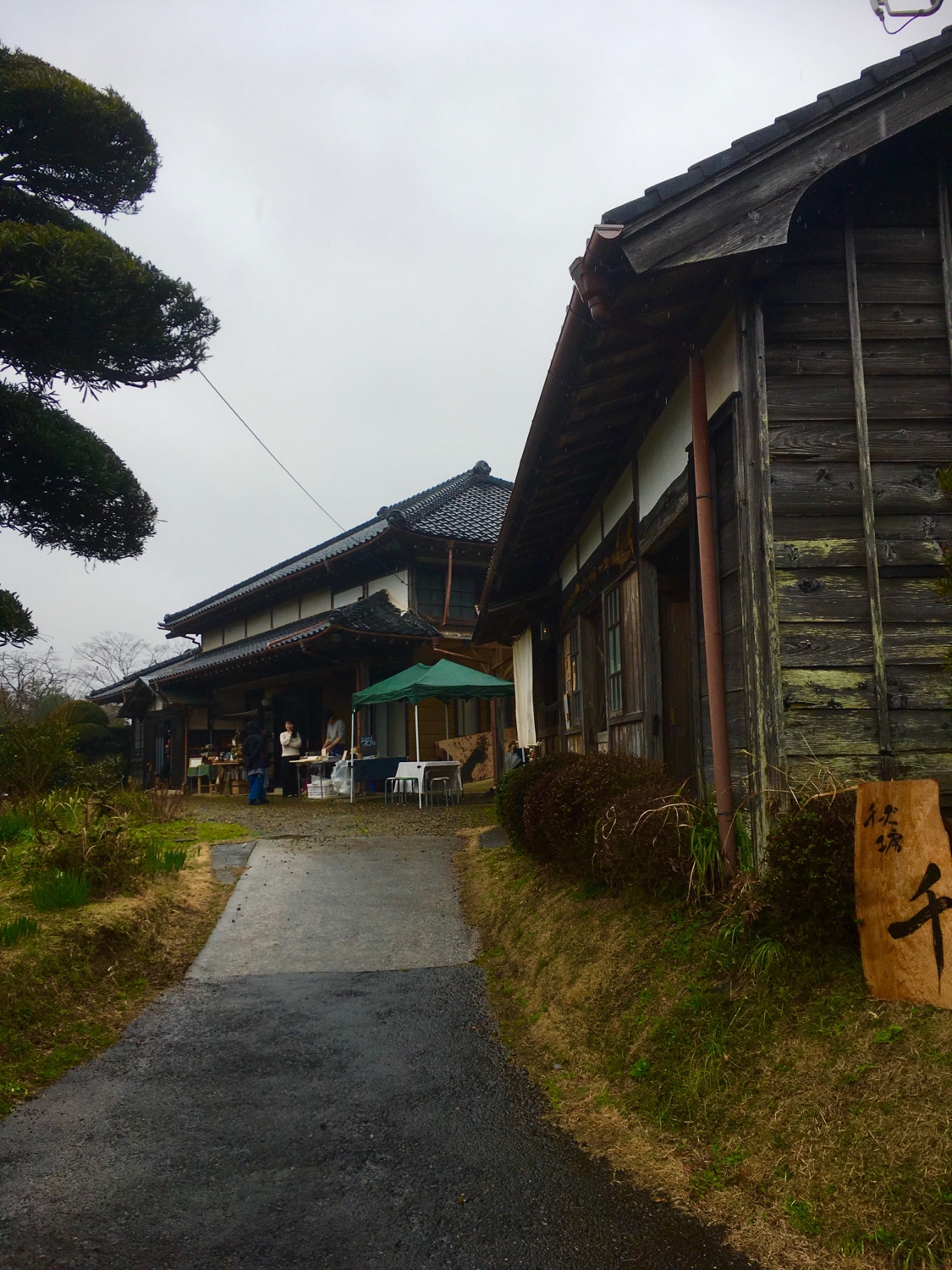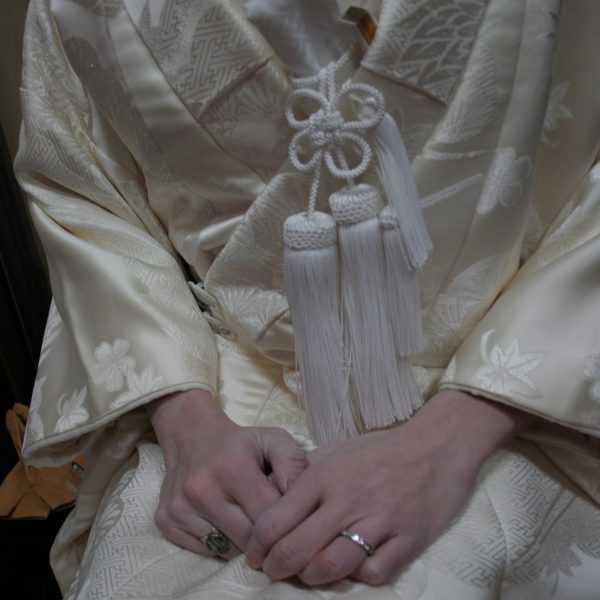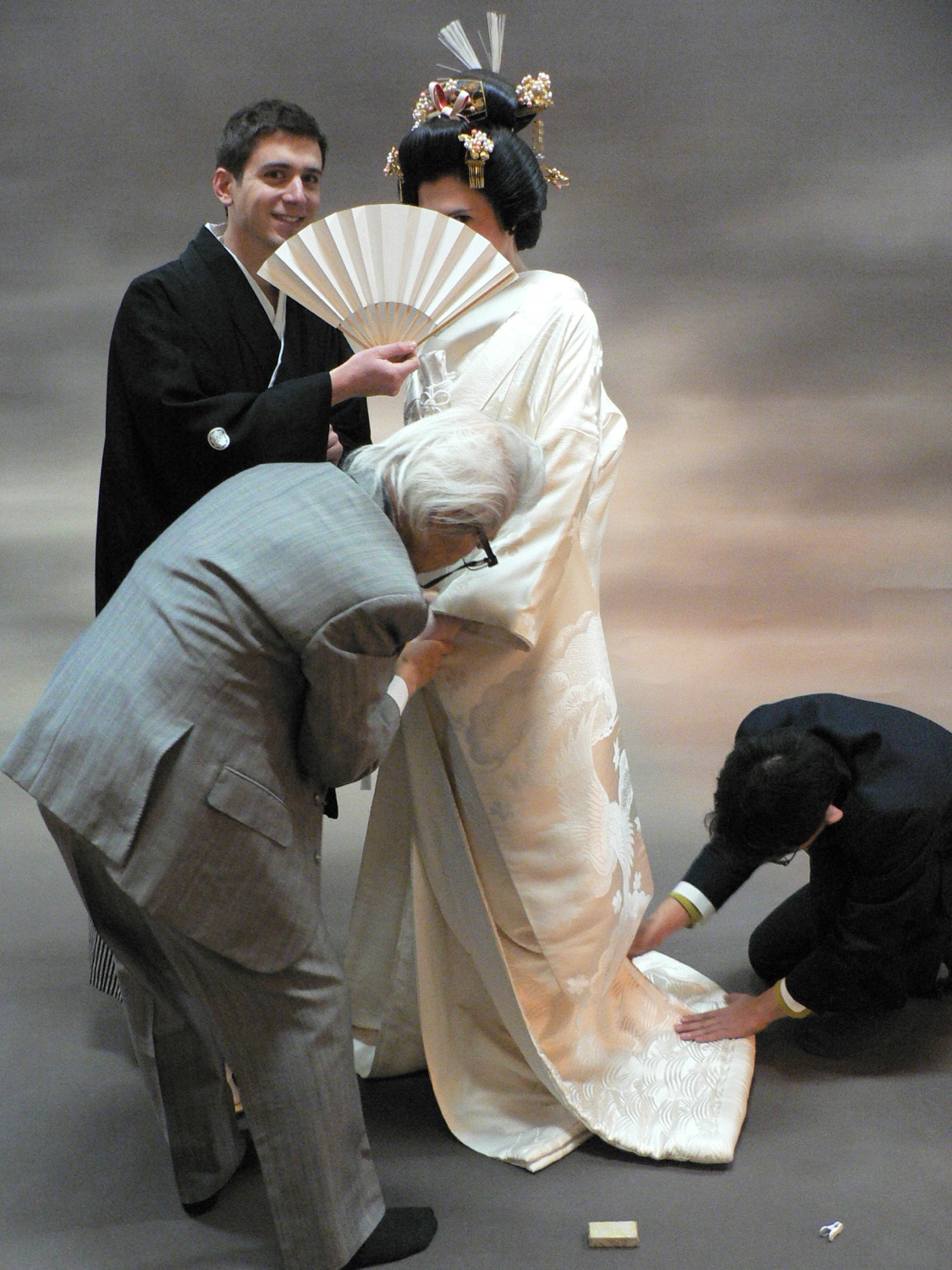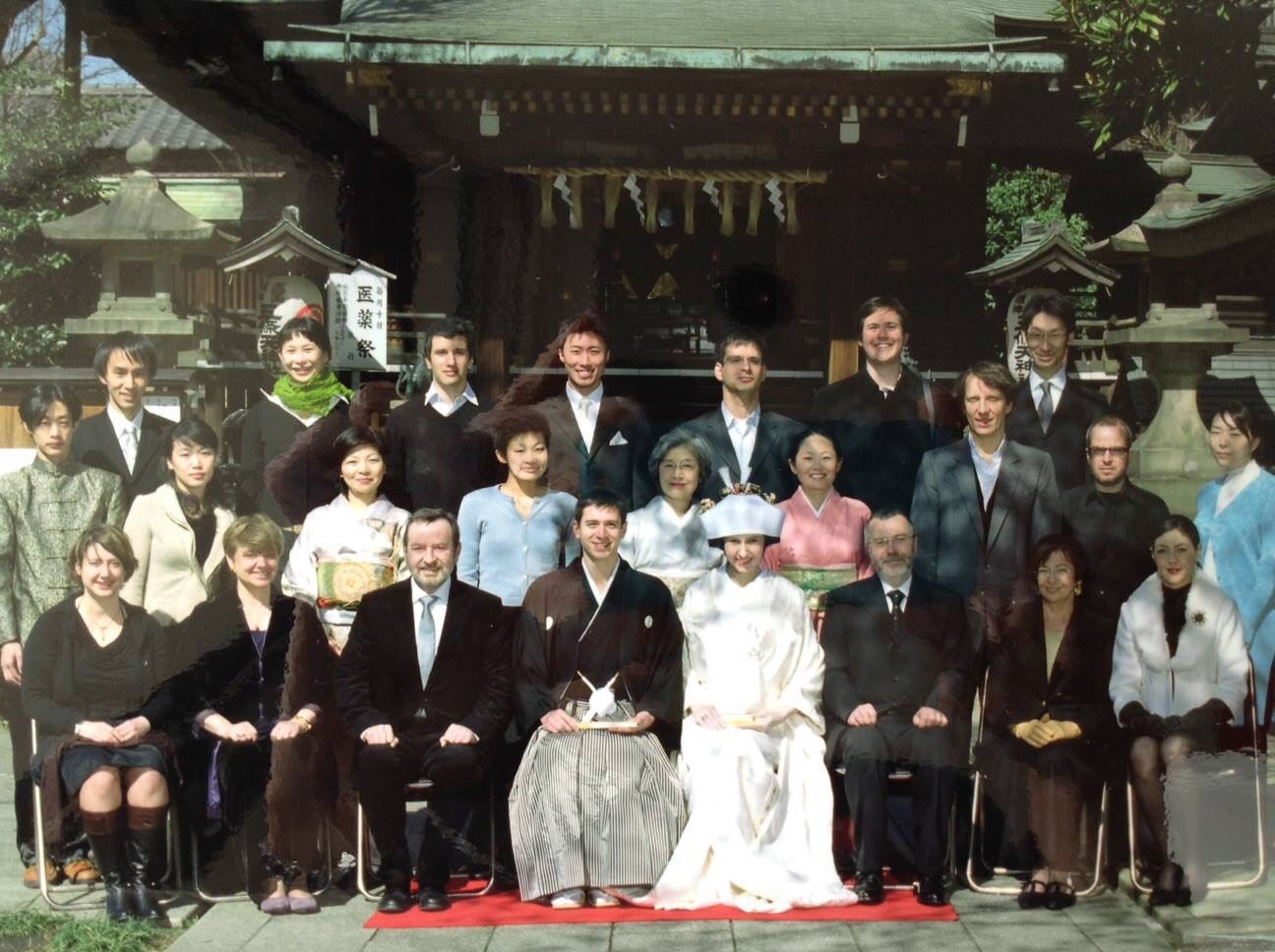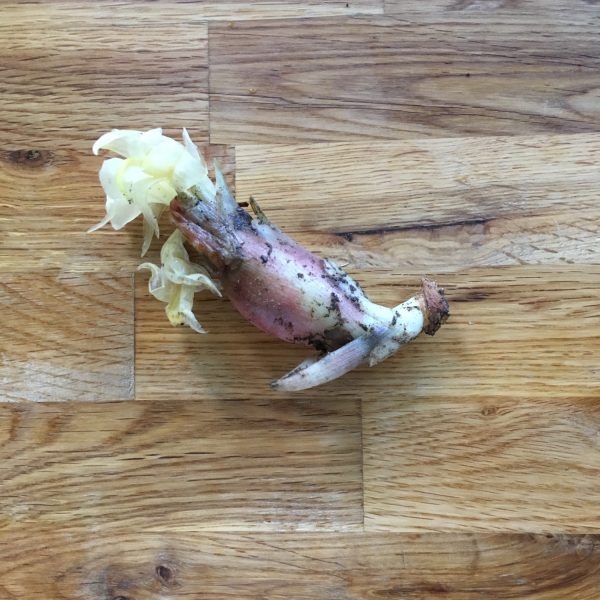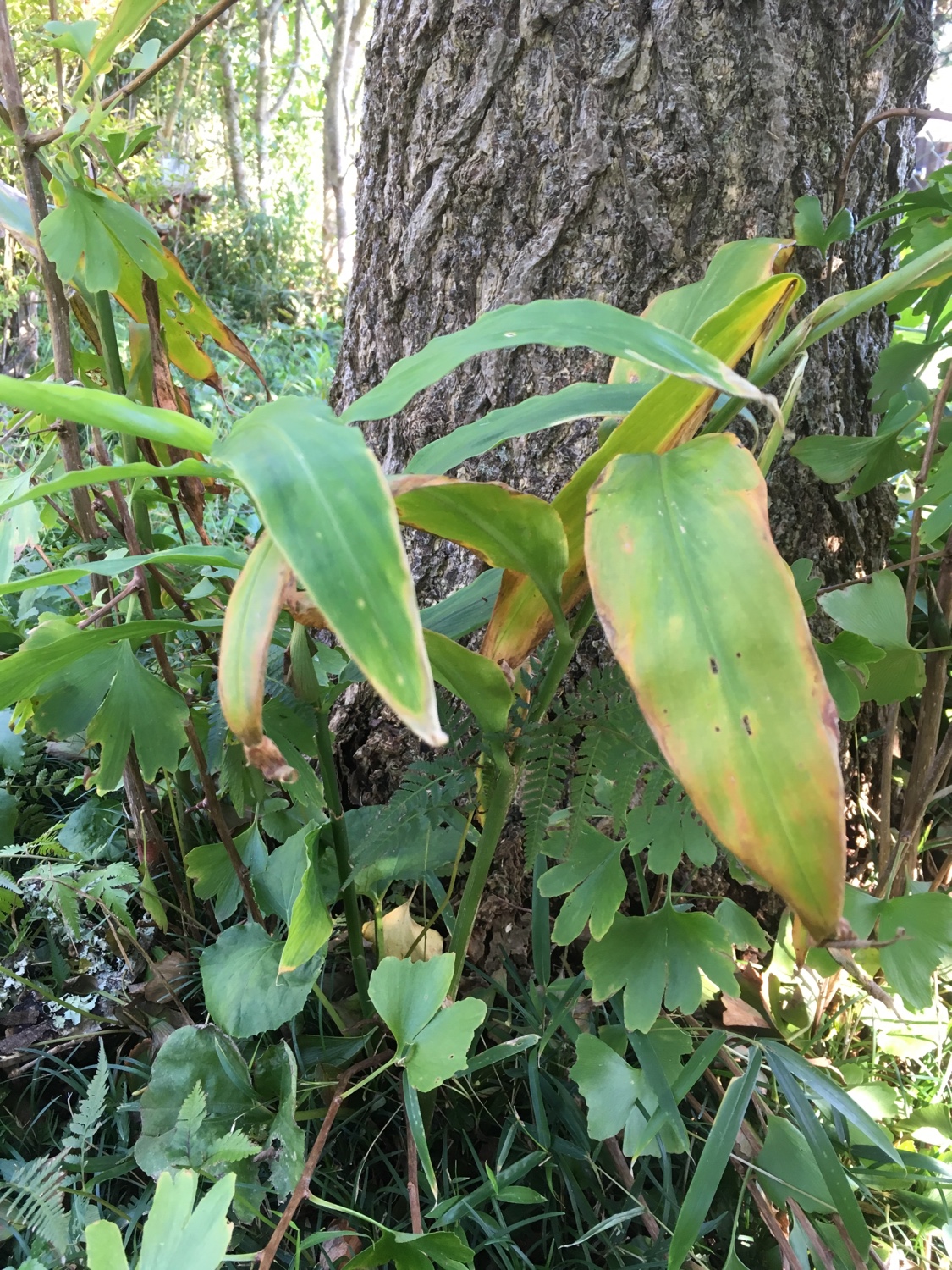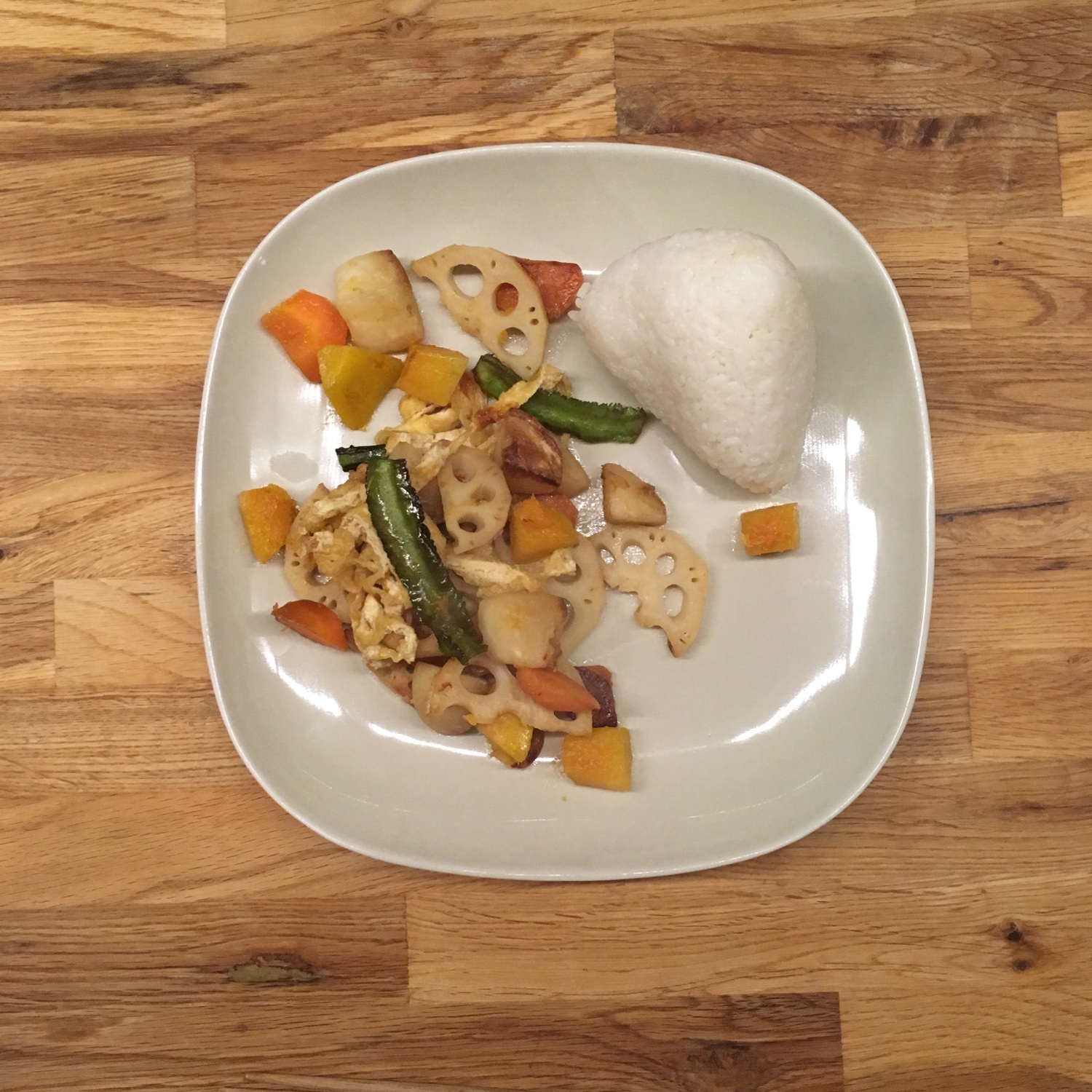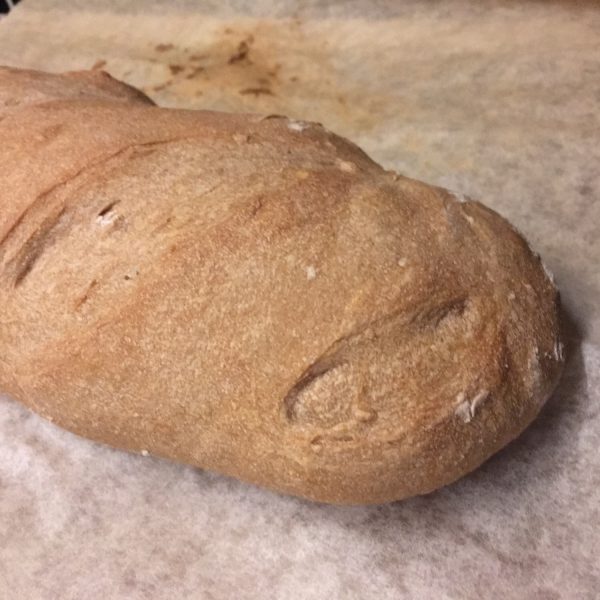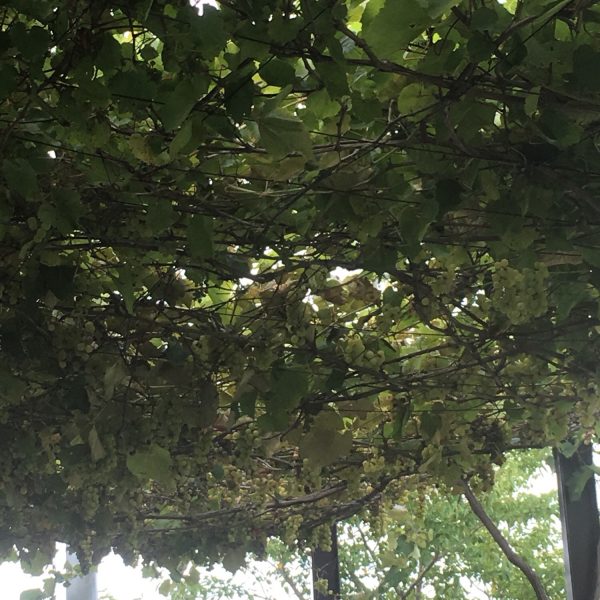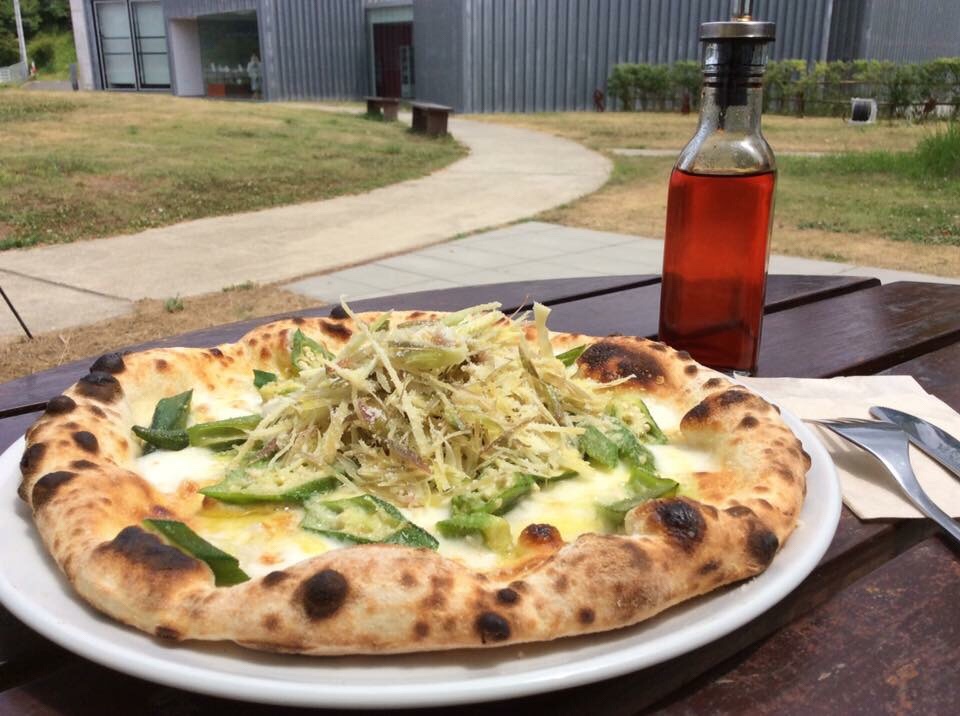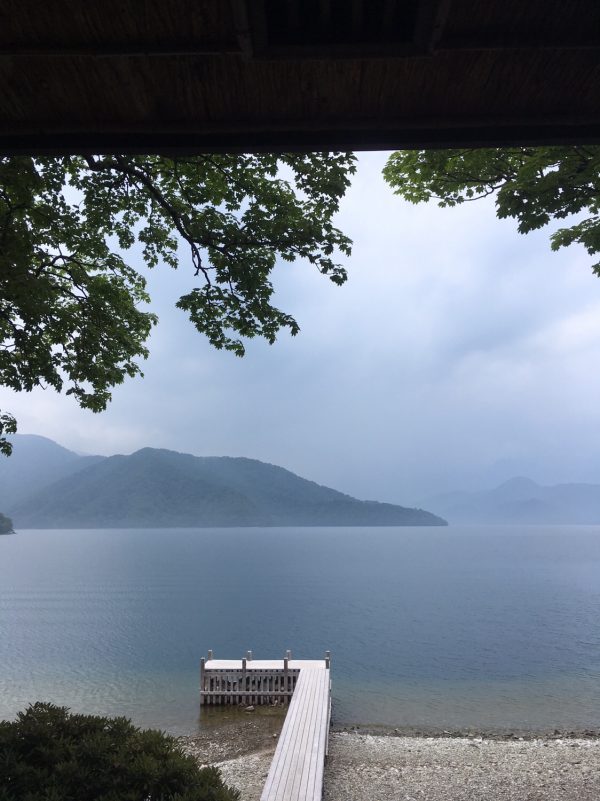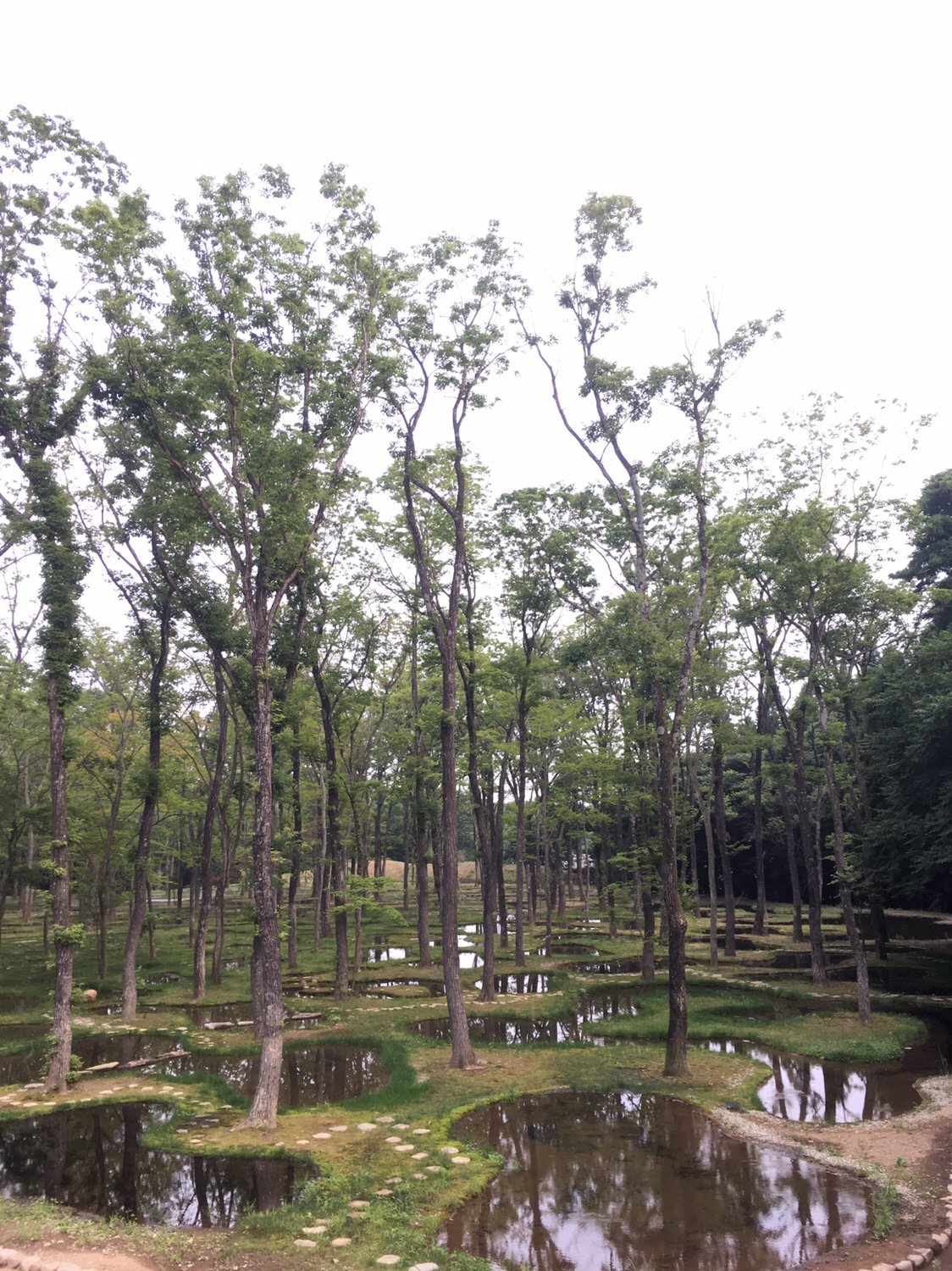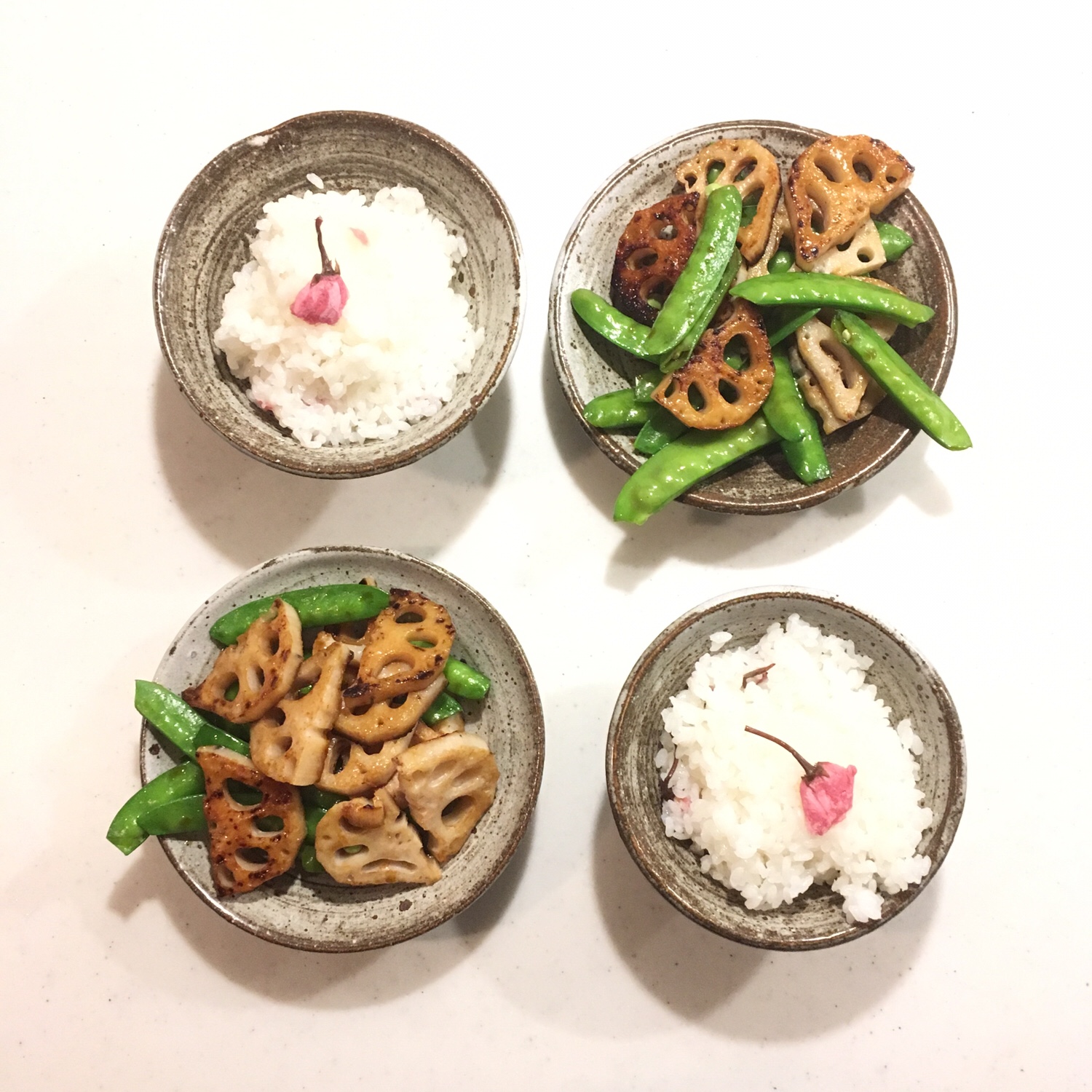Spring and fall are the perfect seasons for hiking in Japan. The temperatures are just right not to get a sweat but not to freeze or die of over heat, bugs are fewer and either the flowers and tender greens, or the crimson colors of fall make a picturesque scenery. There are plenty of options to go hiking in Chiba and I won’t overview them here. There are few things I take in consideration when searching for a hike: the path needs to mainly be a non drivable road. What’s the point walking on the road side?? The path should be a loop or as much as possible not use twice the same route. There are very few hiking trail in Isumi to my knowledge, and one of our favorite is now impracticable as bamboos grew all over the path. So our favorite options are in Otaki and Katsuura. We’ve been to Yorokeikoku 養老渓谷 in the fall many times, for the maple trees, the monkeys… and for the spring we could never find something that was satisfying. I usually like the sight of the ocean in the spring as a remembrance that the swimming and bodyboarding season will start soon for me (though some people surf all year round, I find it hard to get in the water when it’s freezing cold outside). Actually Katsuura, about 20-30min drive south of Isumi, has quite a few hiking options, and this time we found a scenic short hike I thought was really worth mentioning.
South of Katsuura is the small town Ubara 鵜原 mainly a fishing port and a nice little hike called Ubara utopia 鵜原理想郷 that takes you up the hills with a stunning view of the ocean and the cliffs and down the beaches and tiny fishing harbors in coves.
The hike is rather short, count 1h maximum, but is really worth. It takes you through tunnels carved in the very soft rocks and going up and downs in a beautiful vegetation and to scenic views. Everything is very well indicated so no headache about which way to go, and the parking space at the starting point is large enough and easy to find (other parking options are also possible on the beach side). We came by scooter so it was even easier for us to park.
If you plan to come for the weekend, there is a small ryokan just at the beginning of the hike: Ubarakan 鵜原館 which seems to have a nice rotenburo (outdoor bath) and a few bathes in the carved stone caves and room with ocean view!!! We haven’t tried it yet so I have no idea how good it is…

Starting point of the hike

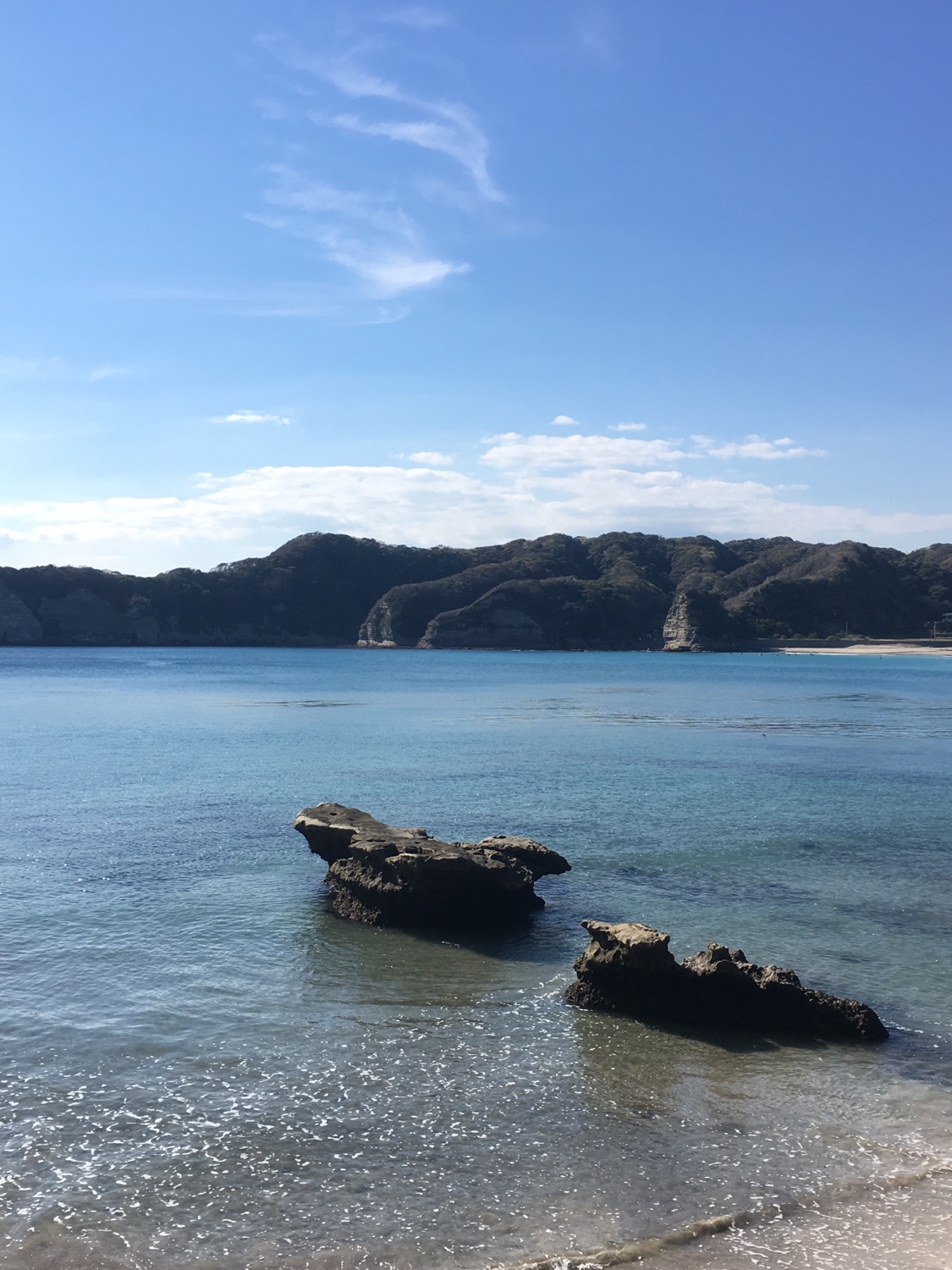
After the hike we rode back home and it was time for tea and a little snack, so I decided to make one-bite scones. I am recently testing a new scone recipe and I think now I have the perfect balance to share with you. And with all the spring greens around I prepared a seasonal classic: macha white chocolate. Here is this version but it works with anything.
Scones
– 150g of flour
– 30-40g of sugar (depending on what you use for flavoring, for white chocolate use 30)
– 1tsp of baking powder
– a pinch of salt
– 40g of butter at room temperature
– milk (quantity will slightly depend)
– 2tsp of macha powder
– 2 handfuls of white chocolate chips
In a bowl mix the flour, baking powder, salt, sugar, add the butter and knead to mix everything together. Add the milk slowly while kneading. If you want a uniform green color add macha now, otherwise wait until the end. Stop adding milk when the dough is moist but not sticky. If you’ve added to much milk just add a bit of flour!!!
I wanted a non uniform green color so I added the macha at the end and the white chocolate. Shape the scones and bake at 180deg for 10-15min depending on the size of your scones.
